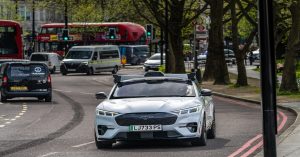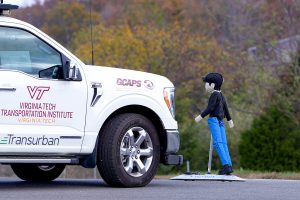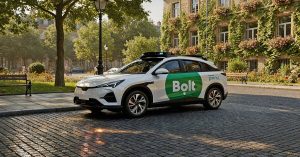The 5G Automotive Association (5GAA) has made a major breakthrough in vehicle connectivity with the world’s first live demonstration of satellite-connected cars operating in real traffic. The event, held in Paris, France, brought together top automakers and tech leaders to showcase how 5G and non-terrestrial networks (NTNs) are transforming road safety and mobility.
This pioneering showcase highlighted how vehicles can use NTNs to transmit emergency alerts, and how 5G-V2X Direct technology helps detect pedestrians and cyclists in complex road environments. It also included demonstrations of current vehicle-to-network (V2N) capabilities, emphasizing how far connected vehicle technology has already come.
Next-Gen Connectivity Hits the Road
“Real vehicles, real roads, and real-time connections — today we saw the future of connected mobility in action,” said 5GAA Chairman Christoph Voigt. “Satellite, 5G-V2X Direct, and commercial networks are no longer concepts; they’re here and working together.”
Key industry players like BMW Group, Stellantis, Deutsche Telekom, Qualcomm Technologies, Harman, LG Electronics, and Viasat collaborated on the showcase, which focused on integrating satellite communications into vehicles for improved emergency response and hazard detection. The demonstrations proved that NTNs can complement existing 4G and 5G networks, ensuring connectivity even in areas where terrestrial coverage is limited or unavailable.
Satellite-Enabled Vehicles Coming by 2027
The use cases presented included emergency messaging, hazard alerts, and seamless handover between satellite and ground networks. These features are aligned with the 5GAA’s Visionary 2030 Roadmap, which anticipates the first wave of satellite-connected vehicles reaching the market as early as 2027. This rollout will be based on 3GPP Release 17, which supports IoT over satellite.
Protecting Pedestrians Through Vehicle Collaboration
A standout moment in the demo came when Valeo and Marben showed how two vehicles could use 5G-V2X Direct to share sensor data. This allowed one vehicle to alert another of a pedestrian crossing at a blind intersection — a powerful example of how sensor sharing can improve road safety.
This technology, built on 3GPP Release 16, aims to reduce accidents involving vulnerable road users by extending a driver’s awareness beyond the limits of their vehicle’s line of sight. According to 5GAA’s projections, this tech is set to be widely available in commercial vehicles between 2026 and 2029.
Smarter Roads Through Collective Awareness
The event also highlighted V2N systems designed to improve awareness at intersections. Companies such as Nokia, Orange, Stellantis, and the Vedecom Institute demonstrated platforms that allow vehicles to communicate with mobile devices, road infrastructure, and smart traffic systems to help prevent collisions and improve traffic flow.
Another demonstration by Harman and U-Blox showed how emergency electronic brake light (EEBL) alerts could warn nearby drivers of sudden braking in near real-time. With the help of accurate positioning data, these alerts are designed to meet Euro NCAP’s upcoming safety standards for 2026.
Building the Framework for Future Road Safety
Alongside the connectivity demos, companies like Anritsu, Keysight Technologies, SEA, and Rohde & Schwarz provided real-time testing and validation tools to assess system performance. They also presented updates on Next Generation eCall (NG eCall), a new automated emergency calling system that leverages 5G for faster and more reliable incident reporting.
Hosted by Telecom-Paris, this large-scale showcase made it clear that 5GAA is not only helping to shape the future of vehicle safety and communication, but also playing a key role in setting global standards for the connected cars of tomorrow.







